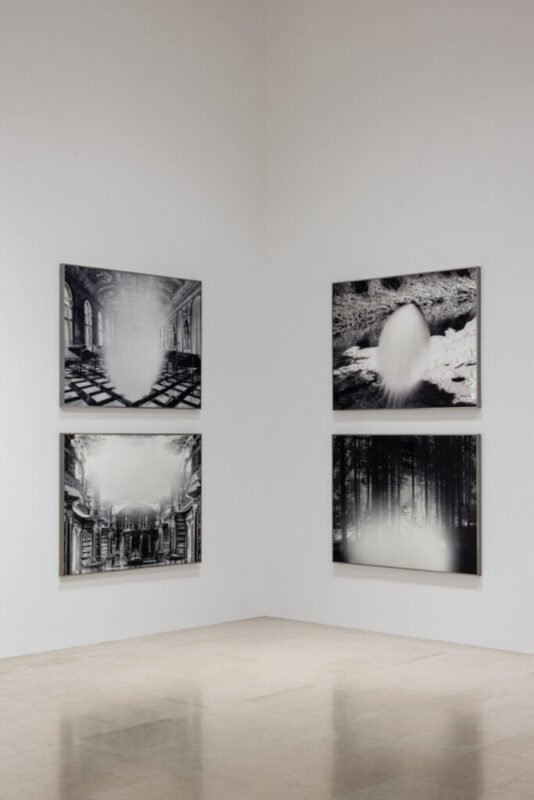By decontextualizing and reworking female portraits, Mariella Bettineschi – on display at the Triennale with “All in One” – until March 24th – achieves surprising visual results
Words: Emanuela Zini
This small but highly elegant exhibition, housed in the central pavilion on the upper floor of the Triennale in Milan, has a staunch supporter in the form of Dior, the main sponsor of Mariella Bettineschi. “All in one” – an exhibition curated by Paola Ugolini and open until March 24th – is supported by Dior. Maria Grazia Chiuri, the creative director of this powerhouse brand, has long engaged in a practice of collaborating with different artists for each of her new collections. She entrusted Mariella Bettineschi with the set design for the ready-to-wear autumn-winter 2022-2023 show held in Paris at the Tuileries Gardens.

Bettineschi (born in Brescia, 1948) did not rise to prominence through Dior, but rather represents a loan that contemporary art has extended to the French brand. Her art had already been showcased to the world as early as 1988, participating in the XLIII Venice Biennale. Her work is often described as having a “feminist” perspective. However, unlike other colleagues of her generation, this artist has never used her own body or that of other real women in her work; the physical and bodily dimension is irrelevant to her formal research.

This fact is not negligible, both in terms of artistic representation and in its use in the field of fashion. Her language introduces reflections on the history of art, with a focus on the female portrait, whether it be paintings by Raphael, Leonardo, Titian, Ingres, El Greco, or Bronzino. Decontextualized and reworked, this genre achieves surprising visual results with Mariella Bettineschi.
In the pavilion representing her at the Triennale, there are twenty-three works on display, representing over forty years of activity. The series “The Next Era” includes portraits of “models” who posed for famous painters. The “Soft” and “Feathery” series, on the other hand, include textile works where Bettineschi uses organza padded with cotton or feathers, which she then decorates with cast gold or quilts of chenille, nylon thread, or metal. Could these be defined as works of fiber art, a predominantly female and feminist intervention? Perhaps, but Bettineschi’s works are always difficult to classify.

Eyes that double to signal in her portraits the visionary and salvific capacity of the feminine… environment, animals, plants, women, and men are all connected in a very fragile balance.
The body of work that Mariella Bettineschi has produced in her career cannot be encapsulated in a linear definition: her eclectic poetics is characterized both by her experimentation with materials and by her language research, which leads the observer to reflect on the history of art and the centrality of the role of women, through various media such as painting, sculpture, and photography.


